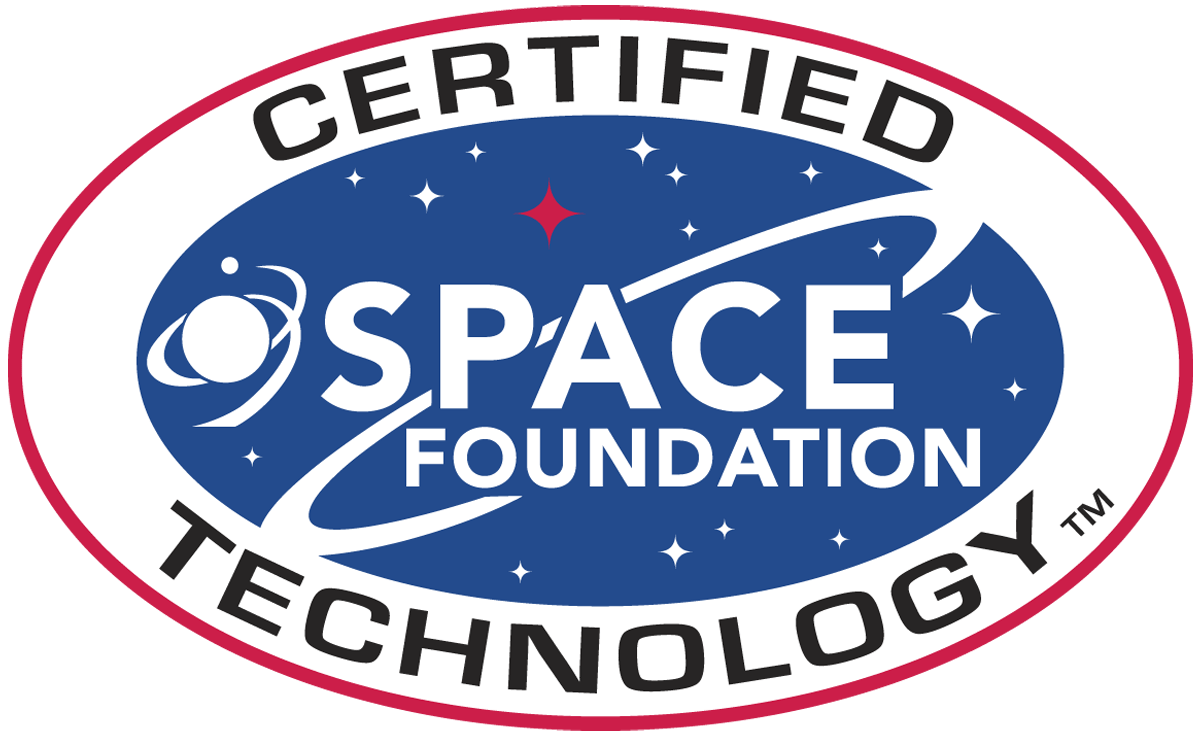Play Attention is the only neurocognitive system to have randomized, controlled studies funded by the US Department of Education and performed by a prestigious medical school. The articles below have truly excellent outcomes and are published in peer reviewed journals.
The Journal Pediatrics (PEDIATRICS Volume 133, Number 3, March 2014)
This peer reviewed journal discusses a six month follow up review of a study performed on Play Attention by the prestigious Tufts School of Medicine in the Boston Public Schools. Play Attention is termed “Neurofeedback” in the article. The researchers found that, ” Neurofeedback participants made more prompt and greater improvements in ADHD symptoms, which were sustained at the 6-month follow-up, than did CT participants or those in the control group. This finding suggests that neurofeedback is a promising attention training treatment for children with ADHD.”
Journal of Developmental Behavioral Pediatrics – January 2014
The Floating Hospital for Children of the prestigious Tufts Medical School performed a controlled study of Play Attention in the Massachusetts School System. The outstanding results were published in the journal Clinical Pediatrics. Here’s a brief overview of the results:
Children who received Play Attention (NF) showed significant improvement compared with those in the control condition on the Conners 3-P Attention, Executive Functioning and Global Index, on all BRIEF summary indices, and on BOSS motor/verbal off-task behavior. Children who received CT showed no improvement compared to the control condition. Children in the Play Attention (NF) condition showed significant improvements compared to those in the CT condition on Conners 3-P Executive Functioning, all BRIEF summary indices, SKAMP Attention, and Conners 3-T Inattention subscales. Stimulant medication dosage in methylphenidate equiv-alencies significantly increased for children in the CT (8.54 mg) and control (7.05 mg) conditions but not for those in the Play Attention (NF) condition (0.29 mg). Conclusion: Play Attention (Neurofeedback) made greater improvements in ADHD symptoms compared to both the control and CT conditions.
The journal Clinical Pediatrics (CLIN PEDIATR 2011 50: 615 originally published online 10 May 2011)
This peer reviewed journal discusses the use of Play Attention and cognitive attention training in public schools. The researchers were so inspired by their success, they received funding for a 19 school study that was published in Journal of Developmental Behavioral Pediatrics – January 2014.
Abstract: Objective. This study examined the efficacy of 2 computer-based training systems to teach children with attention deficit/hyperactivity disorder (ADHD) to attend more effectively. Design/methods. A total of 41 children with ADHD from 2 middle schools were randomly assigned to receive 2 sessions a week at school of either neurofeedback (NF) or attention training through a standard computer format (SCF), either immediately or after a 6-month wait (waitlist control group). Parents, children, and teachers completed questionnaires pre- and postintervention. Results. Primary parents in the NF condition reported significant (P < .05) change on Conners’s Rating Scales–Revised (CRS-R) and Behavior Assessment Scales for Children (BASC) subscales; and in the SCF condition, they reported significant (P < .05) change on the CRS-R Inattention scale and ADHD index, the BASC Attention Problems Scale, and on the Behavioral Rating Inventory of Executive Functioning (BRIEF). Conclusion. This randomized control trial provides preliminary evidence of the effectiveness of computer-based interventions for ADHD and supports the feasibility of offering them in a school setting.
Furthermore, since 1996, Play Attention’s success has allowed us to gather data from various people or institutions including psychologists, speech language pathologists, teachers, and universities. These data have been collected and assessed using a variety of objective modalities. Some of the assessment instruments have included the BASC (Behavior Assessment System for Children). The BASC assists a professional in evaluating behavioral and emotional issues and identifying strengths and weaknesses. It also helps differentiate between hyperactivity and attention problems while monitoring treatment interventions and outcomes.
Additionally, continuous performance tests (CPTs) were used. These include the Integrated Visual and Auditory test of attention (IVA) and the Test of Variables of Attention (TOVA). Both the IVA and the TOVA are neurophysiological measures of attention, not subjective ratings of behavior. They present as very simple computer games that measure responses to either visual and/or auditory stimuli. These measurements are then compared to the measurements of a group of people without attention disorders who took the IVA or the T.O.V.A.
These objective assessments have demonstrated Play Attention’s efficacy in clinical practices, schools, and homes.


